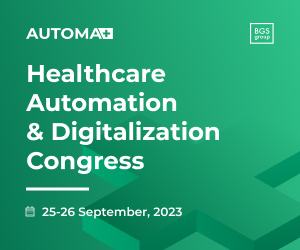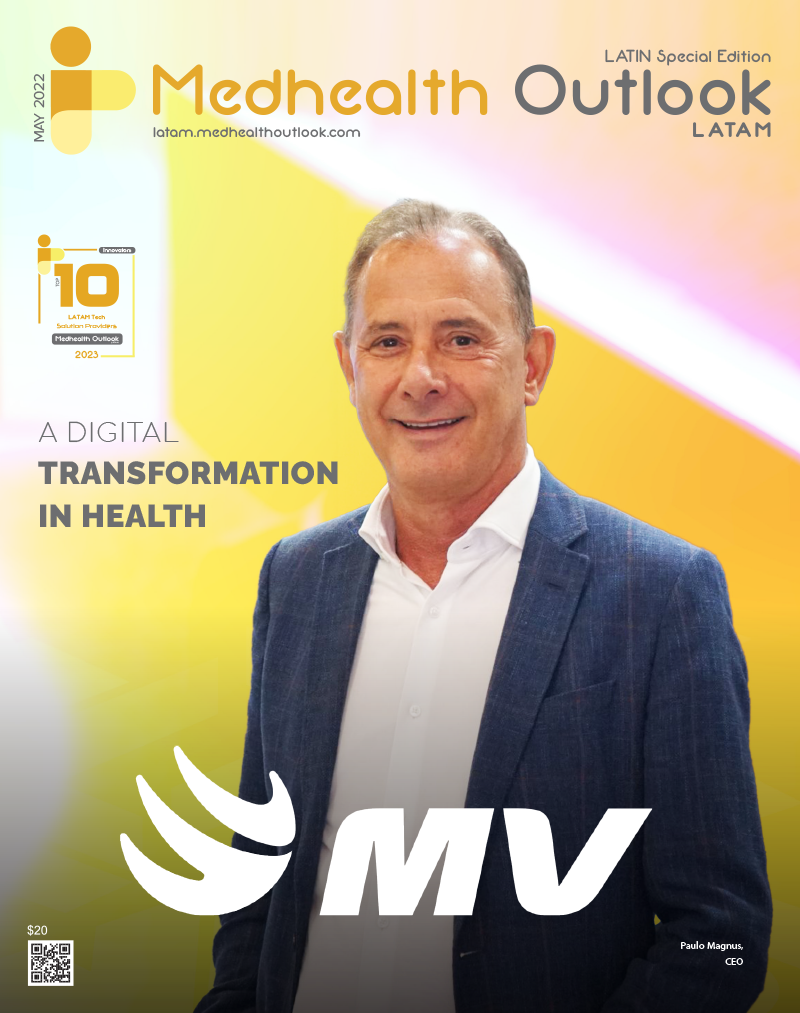Long before the COVID pandemic, there has been a call to modernize the teaching and learning of public health in US higher education with “Framing the Future” by the Association of Schools and Programs of Public Health (ASPPH). Its current initiative Vision 2030 lists out the creation of transformative educational models and pedagogy as one of three objectives to be attained. The need to make timely changes is seen as expedient to cope with demand for competency-based training of future public health workforce, a diverse student body studying this discipline, and new learning delivery modalities that support the learner’s autonomy.
Application of technology in public health education is considered a powerful lever to effect change in teaching practices. If one were to draw a line between pre- and post- COVID educational technology adoption in public health pedagogy, the former would be dominated largely by online learning and video casting (YouTube), social media discussions (Facebook) and web-based collaborative works (blogging and wikis). Picking up from experience of the pandemic, platform-based health promotion and networked communication had taken center stage to match with post COVID trend in digitization of health care (telemedicine). The digital transformation of healthcare and its consequential redefinition of the role of health education and promotion becomes inevitable and new practices will continue to evolve with each incoming technology.
One technology that has caught the headlines in recent days is the advent of generative AI represented by Chat GPT. Although much has already been written about its advantages and drawbacks for use in education, how Chat GPT can affect the teaching and learning of public health has just begun to receive attention. A systematic review of available literatures indicates a positive view of what it could bring to healthcare education, through improved personalized learning and focus on critical thinking and problem solving abilities of students. Chat GPT has presumed benefits in providing information on public health issues and answering questions about health promotion and disease prevention strategies.
As educators, our starting point should be to question how technology would affect our professional values and teaching philosophy. Given the vast opinions expressed are in favor of a post-pandemic overhaul of public health education, towards achieving: personalized learning and digital age employment, general public health literacy, and AI assisted health information synthesis and dissemination; Chat GPT looms large as a valuable aid to help realize some of these objectives by way of helping us to structure the learning contents better, achieve meaningful assessment, and return the learning initiative to students. A liberal stance on use of Chat GPT is clearly recommended.
But what about the risk of students plagiarizing and developing reliance on the tool? A lot of discussions centering on academic dishonesty and originality concerns have been mentioned, with great pains taken to check texts generated by Chat GPT using anti-plagiarism software or even a Chat GPT detector to highlight the pitfalls of this technology. However, it would only pose a problem when assessment remained static such as requiring an essay assignment or an instruction to complete a task that could be addressed easily by Chat GPT.
If by default, we would assume that all learners used Chat GPT, then a common baseline could be established to use outputs generated by it as valid materials for student learning and for assessing subsequent understanding of the subject matter. What we need our students to demonstrate goes far beyond this, it will require them to show their ability to apply knowledge, work out solutions and engage with communities through actions. The subtlety of health issues that involves distinct stakeholders and target clients with specific needs will always require human-based interventions and thoughtfulness rather than generative AI elicited responses. The key to limiting Chat GPT for assessment of learning is to ride on its information collation and query-response capabilities but to measure student performance through authentic task-based assessment which need not be limited to textual outcomes.
Some ideas that could be tried out in teaching are given below:
- Comparing health care systems and health policymaking across countries. This normally requires lots of background reading for students to be able to synthesize their findings. Chat GPT has a definite advantage in summarizing key features to quicken the process of learning. While the application may be able to state the dominant features of each system, a comparison between health care systems often lacks accuracy and will require human analysis and localized knowledge to ascertain the factual correctness of data gathered. If assessment were set on critiquing the comparison generated by Chat GPT, this could measure genuine understanding and insights of the learner.
- Teaching the social determinants of health. Being able to critically analyze a particular health issue through the social determinants of health is considered necessary to realize health equity and well-being for all. Chat GPT can come up with a framework for discussing the causes of the health problem, exploring the effects of these determinants and help students to grasp the research base of health promotion strategies that work in addressing the health issue at hand. With such an AI-generated outline, students will be able to organize their ideas and conduct literature search effectively in preparation for group brainstorming in class. The development of self-directed learners with critical mindset and problem solving orientation would turn out to be greatly facilitated by AI-assisted learning.
- Practicing communication skills on community-based targets. The application is able to generate informative guidance to mitigate against specific health threats (e.g. vaccination against seasonal influenza) and can be used as a starting point to draft practical guidelines and health promotion messages. Adapting the message for specific groups based on age, gender, language, race, family and economic activity status, will require students to interact with community members to fine tune the focus of what counts most for the target population groups. Again, although AI-generated materials were used, human initiative to interpret what would get through at the community level should be set as the performance indicator. This in turn represents authentic work that can be assessed and implemented.
Chat GPT and other emerging technologies are set to settle permanently into education. It is on us as educators to integrate them into our teaching practice for the benefit of learners and to bring about the goal of reforming academic public health pedagogy.












